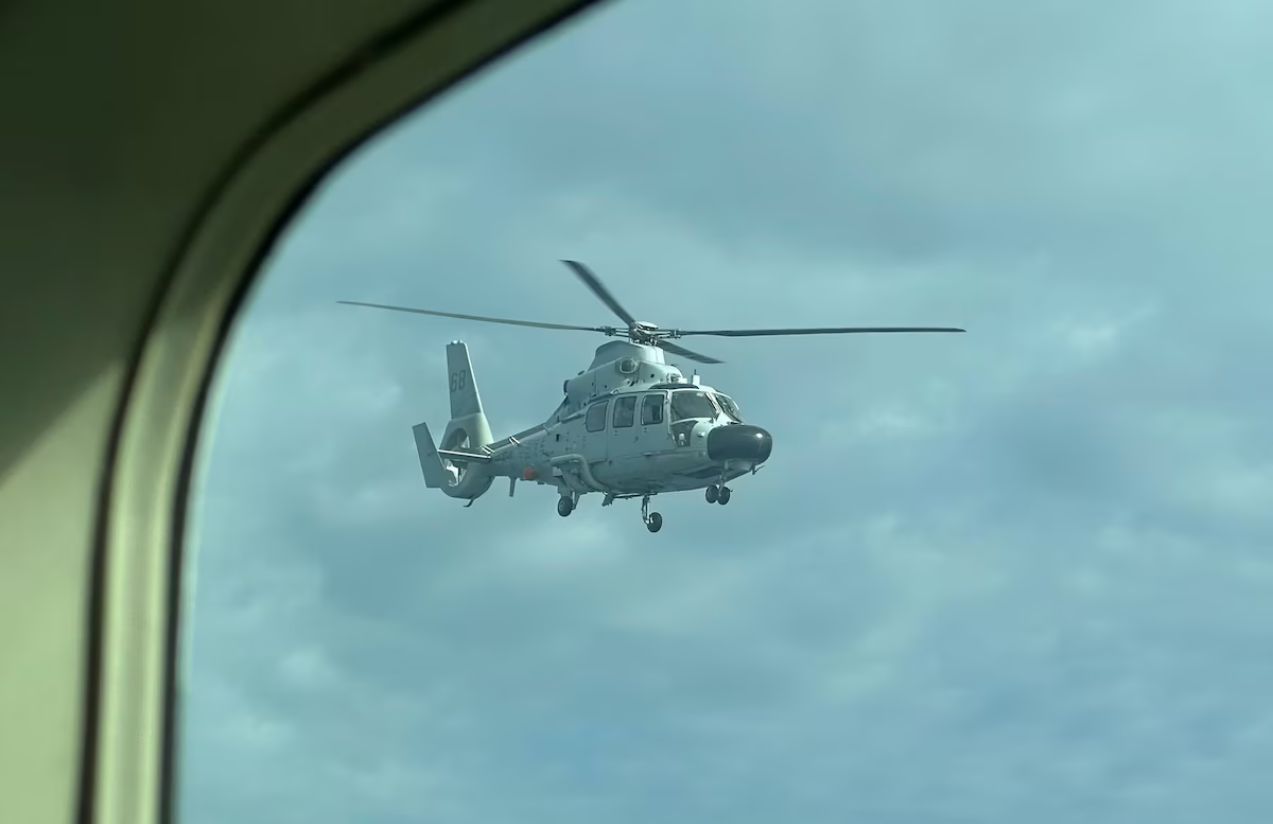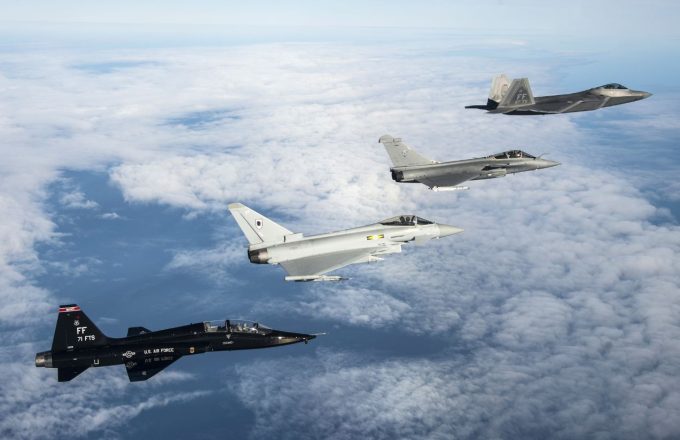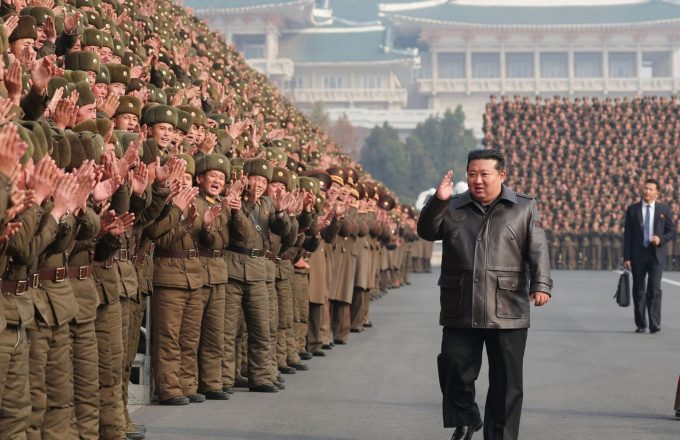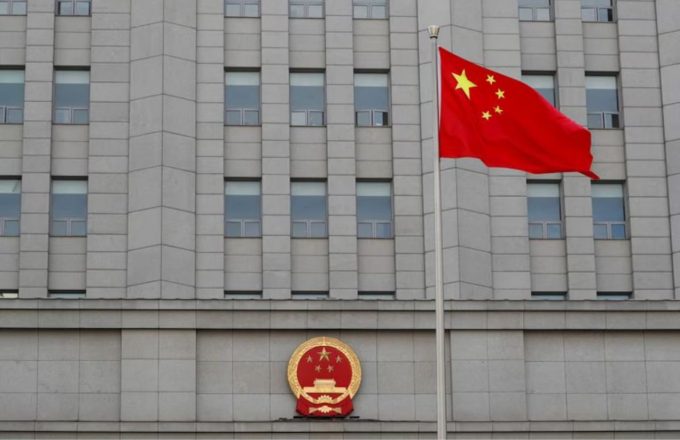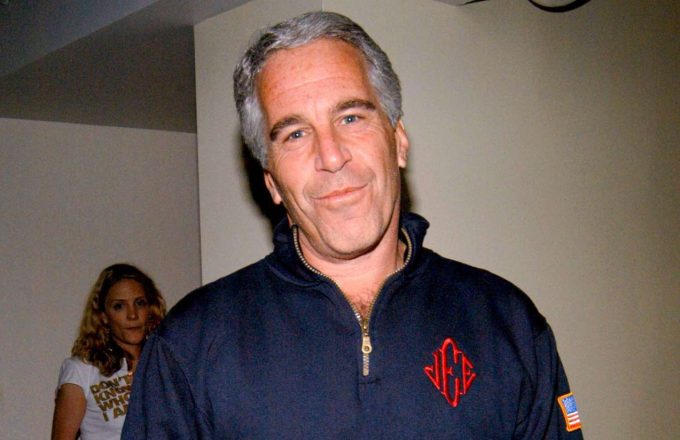The United States condemned on Wednesday the harassment of a Chinese military helicopter against a Philippine aircraft during a routine patrol over the disputed Scarborough Atoll in the South China Sea, a key strategic point for global trade.
We condemn the dangerous maneuvers by a PLA Navy helicopter that endangered pilots and passengers on a Philippine air mission. We call on China to refrain from coercive actions and settle its disputes peacefully in accordance with international law. #FreeAndOpenIndoPacific
— Ambassador MaryKay L. Carlson (@USAmbPH) February 19, 2025
The U.S. ambassador urged China to “refrain from coercive actions” and resolve disputes peacefully, in accordance with international law. She concluded her message with the slogan: “A free and open Indo-Pacific”.
The incident took place on Tuesday when a Chinese Navy helicopter carried out dangerous maneuvers just meters away from a plane belonging to the Philippine Bureau of Fisheries and Aquatic Resources (BFAR). Manila expressed deep outrage over these “unprofessional and reckless” actions and announced plans to file a diplomatic protest.
According to Jay Tarriela, spokesperson for the Philippine Coast Guard, the Chinese helicopter came as close as three meters to the Philippine aircraft, calling it a “clear violation” of aviation regulations and a serious risk to the safety of the crew.
China rejected the Philippine account. Tian Junli, spokesperson for the Chinese military, claimed that the Philippine aircraft had “illegally entered” the airspace of Huangyan, China’s name for the Scarborough Atoll. Tian described Manila’s actions in the area as a “serious violation of Chinese sovereignty” and warned that any attempt by the Philippines to assert its territorial claims through “military provocations” would be “futile”.
During the incident, international journalists were aboard the Philippine aircraft and witnessed the tense 30-minute standoff as the Chinese helicopter shadowed the plane amid cloudy weather.
The Scarborough Shoal, known in the Philippines as Bajo de Masinloc, has been a frequent point of contention since China took effective control of the area in 2012. Its significance lies in the fact that approximately 30% of global trade passes through this region, which also contains abundant fishing resources and potential oil and gas reserves.
China claims almost the entire South China Sea, putting it at odds with the Philippines, Brunei, Indonesia, Malaysia, and Vietnam. Since Ferdinand Marcos Jr. took office in 2022, Manila has taken a firmer stance against Chinese territorial claims.
The Philippine Maritime Council reaffirmed that “the Philippines has undeniable sovereignty” over Bajo de Masinloc, citing the 2016 Hague Tribunal ruling, which invalidated China’s claims over the area. However, Beijing does not recognize this decision.
This incident comes amid rising regional tensions, as the Philippines seeks to align its legal framework with the United Nations Convention on the Law of the Sea (UNCLOS) to reinforce its maritime rights. The United States, which has maintained a mutual defense treaty with the Philippines since 1951, has increased its military presence and diplomatic support for Manila in response to what it considers increasingly aggressive actions by China.


